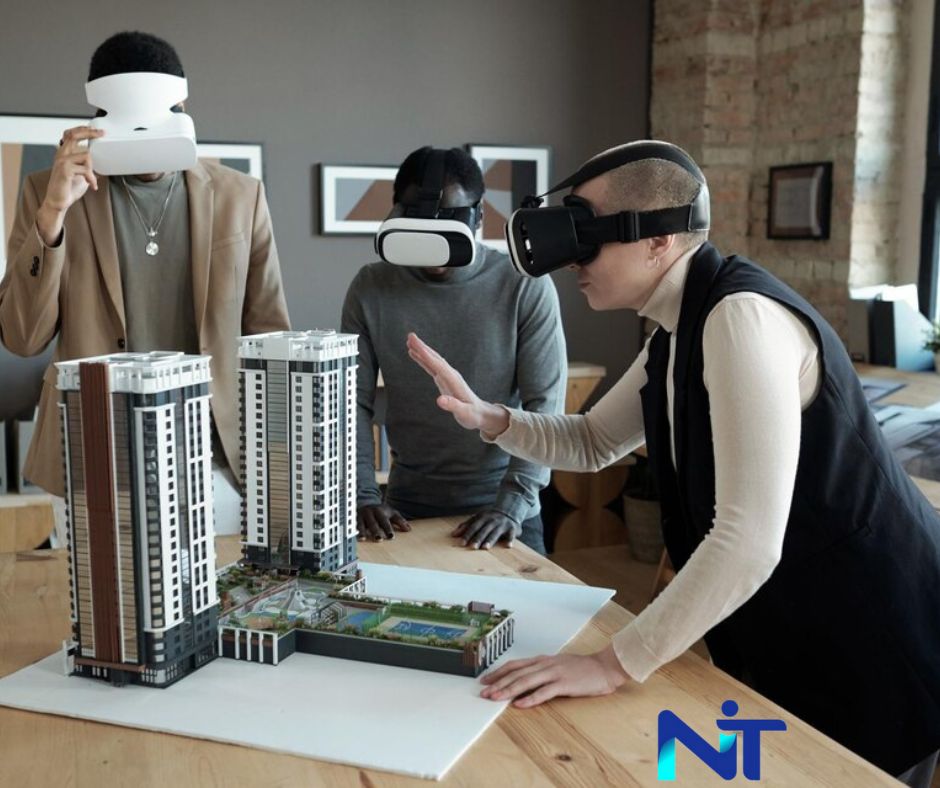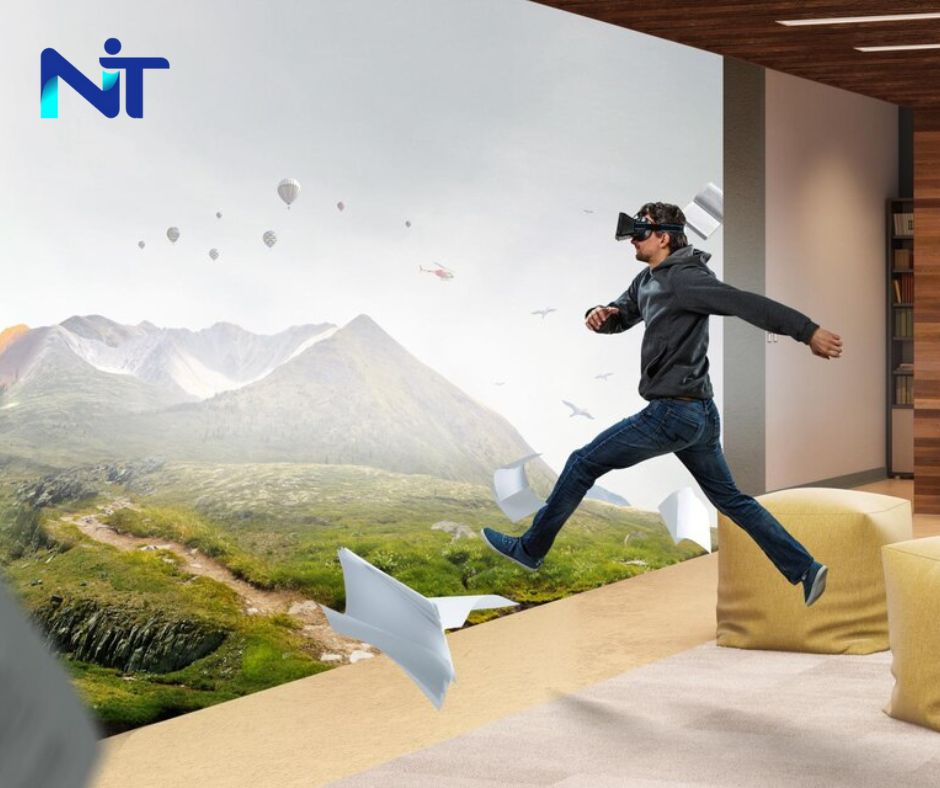Virtual Reality (VR) technology has gained significant attention in recent years, offering immersive and interactive experiences across various domains. In this case study, we explore the implementation of Virtual Reality (VR) software for training and design purposes. We will examine the benefits, challenges, and outcomes of utilizing VR in a specific industry.
Industry Background:
Provide a brief overview of the industry in which the case study is focused. Highlight the relevance and importance of training and design within this industry. Discuss any existing challenges or limitations in traditional training and design methods.
Virtual Reality (VR) is going to change the world, and software is going to be a big part of that change.
Mark Zuckerberg
Objectives:
Clearly state the objectives of implementing Virtual Reality (VR) software in the industry context. For example:
- Enhance training programs by providing realistic and interactive simulations.
- Improve the efficiency and effectiveness of the design process by allowing designers to visualize and manipulate 3D models in a virtual environment.


- Methodology
Describe the steps taken to implement the VR software. This may include:
- Researching and selecting suitable VR hardware and software solutions.
- Collaborating with subject matter experts and stakeholders to identify key training and design requirements.
- Developing or customizing VR software to meet the specific needs of the industry.
- Conducting pilot tests or trials to validate the effectiveness of the VR software.
- Benefits and Outcomes:
Present the benefits and outcomes of implementing VR software in the industry. These may include:
- Enhanced training experiences: VR simulations can replicate real-world scenarios, allowing trainees to practice in a safe and controlled environment. This improves skill acquisition, reduces risks, and increases confidence.
- Streamlined design process: VR enables designers to visualize and manipulate 3D models in real-time, facilitating better decision-making and reducing the need for physical prototypes. This results in cost and time savings.
- Increased engagement and motivation: VR’s immersive nature makes training and design activities more engaging, leading to higher levels of motivation and knowledge retention.
- Challenges and Limitations
Discuss the challenges faced during the implementation of VR software. These may include:
- Cost considerations: VR hardware and software can be expensive, requiring a significant investment upfront. Discuss how the industry overcame or managed these costs.
- Technical requirements: VR software may require powerful hardware and specialized skills for development and maintenance. Address any technical challenges faced and how they were resolved.
- Adoption and acceptance: Introducing VR software may require a cultural shift and acceptance from stakeholders. Discuss any resistance encountered and strategies used to encourage adoption.
- Conclusion:
Summarize the key findings of the case study, highlighting the positive impact of implementing VR software for training and design purposes in the industry. Emphasize the importance of staying up-to-date with emerging technologies to remain competitive in the evolving landscape.
- Recommendations:
Provide recommendations for other organizations or industries considering implementing VR software for training and design. Highlight the critical factors to consider, such as the alignment of VR capabilities with specific needs, thorough planning, and effective change management strategies.
- References
Include a list of the sources and references used throughout the case study, following the appropriate citation format.
Results
This case study shows how software design can help startups to create VR platforms that are easy to use and effective for learning. By conducting user research, developing design principles, and testing different designs, we were able to create a platform that was both user-friendly and successful Software for Virtual Reality (VR).
- Software design is essential for creating VR platforms that are easy to use and effective for learning.
- User research is an essential part of the software design process for VR platforms.
- It is important to develop design principles to guide the software design process for VR platforms.
- It is important to test different designs with users to get feedback.
- Software design can help startups to create VR platforms that are successful.

